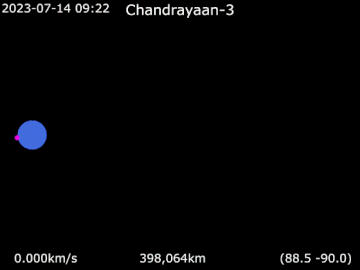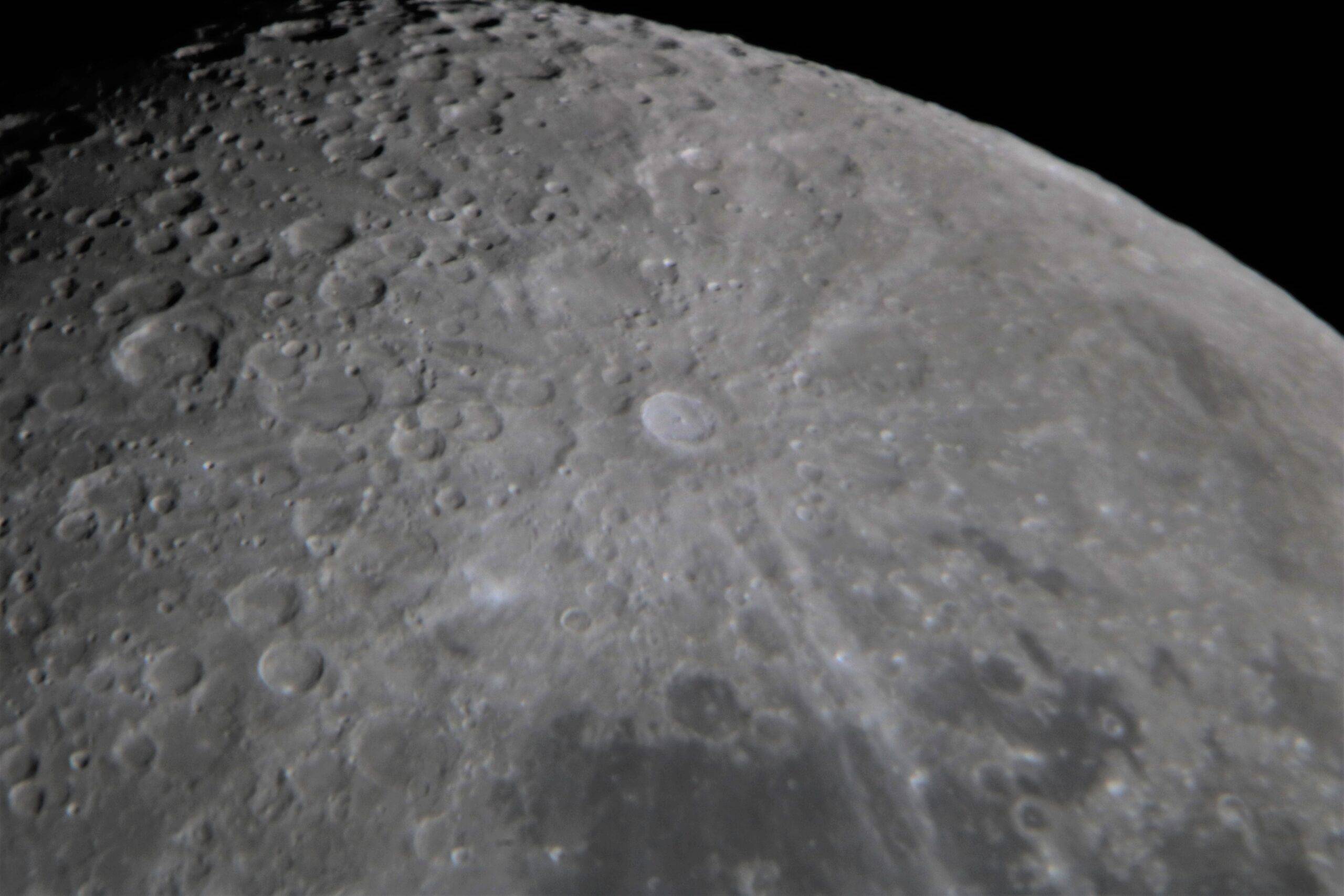Introduction to the Chandrayaan Programme

The Indian Space Research Organisation’s (ISRO) Chandrayaan programme has etched its name in the annals of space exploration, fostering remarkable technological advancements and expanding our scientific horizons. At the heart of this extraordinary saga lies Chandrayaan-3, the third lunar exploration mission that stands as a testament to India’s unwavering commitment to space exploration. As we journey through the intricacies of this mission, let’s delve into its objectives, spacecraft design, payloads, funding, and the profound impact it holds for India and the world.
Objectives: Guiding Lights for Chandrayaan-3
Chandrayaan-3 embarks on its celestial voyage armed with ambitious objectives, each a beacon guiding the mission towards its ultimate goal:
- Lunar Landing Precision: The cornerstone of Chandrayaan-3’s mission is achieving a soft and secure landing on the lunar surface. This endeavor underscores ISRO‘s mastery in maneuvering complex landing scenarios, particularly in challenging lunar terrains.
- Rover’s Exploratory Prowess: Chandrayaan-3’s rover, named Pragyan, takes center stage in demonstrating its adeptness at traversing and exploring the lunar landscape. Pragyan’s scientific endeavors are poised to unravel key mysteries about the Moon’s composition, history, and evolution.
- Unraveling Lunar Composition: The mission is further tasked with conducting in-depth experiments and observations on the materials present on the lunar surface. These endeavors aim to shed light on the Moon’s composition, contributing to our broader understanding of lunar and planetary evolution.
The Chandrayaan Three Spacecraft: Crafting a Lunar Symphony
Design: Orchestrating Lunar Exploration
Chandrayaan-3’s design is a symphony of innovation and precision, harmonizing three principal components that work in tandem to achieve its lofty goals:
Propulsion Module: The backbone of the mission, this module carries the lander and rover configuration to a 100-kilometer lunar orbit. Sporting a box-like structure with a commanding solar panel, it features a cylindrical mounting structure for the lander, known as the Intermodular Adapter Cone.

Lander (Vikram): Responsible for the intricate lunar landing, the Vikram lander emerges as a critical protagonist. With its box-shaped design, four landing legs, and four robust landing thrusters generating 800 newtons of thrust each, Vikram is equipped to facilitate on-site analysis through its cargo of scientific instruments.
Rover (Pragyan): Pragyan, the six-wheeled rover, commands attention with its compact mass of 26 kilograms. Measuring 917 millimeters by 750 millimeters by 397 millimeters, this vehicle is poised to undertake an expansive range of measurements aimed at illuminating the lunar surface’s composition and characteristics.

Payloads: Unveiling Lunar Mysteries
Chandrayaan-3’s scientific payload encompasses an array of instruments residing aboard both the lander and the rover, unveiling the Moon’s secrets layer by layer:
Lander’s Payload

- Chandra’s Surface Thermophysical Experiment (ChaSTE): This instrument is tasked with measuring the thermal conductivity and temperature of the lunar surface, providing insights into its thermal dynamics.
- Instrument for Lunar Seismic Activity (ILSA): ILSA’s mission is to measure and analyze seismic activity in the vicinity of the landing site, contributing to our understanding of lunar geology.
- Langmuir Probe (LP): LP estimates the near-surface plasma density over time, shedding light on the Moon’s interaction with the solar wind.
Rover’s Payload:

- Alpha Particle X-Ray Spectrometer (APXS): APXS is poised to derive the chemical composition and infer the mineralogical structure of the lunar surface, unraveling its geological history.
- Laser-Induced Breakdown Spectroscope (LIBS): LIBS is instrumental in determining the elemental composition of lunar soil and rocks, unveiling crucial insights into the Moon’s evolution.
Propulsion Module’s Payload:
Spectropolarimetry of Habitable Planet Earth (SHAPE): SHAPE sets its sights on spectral and polarimetric measurements of Earth from the lunar orbit, operating within the near-infrared wavelength range.
Launch, Orbit, Descent, and Mission Life: Choreographing Success
Chandrayaan-3’s journey unfurled across multiple stages, each marked by precise calculations, intricate maneuvers, and the indomitable spirit of exploration:
Launch
The mission soared into the skies on 14 July 2023, riding aboard an LVM3-M4 rocket. The launch marked a momentous event, propelling Chandrayaan-3 into an Earth parking orbit with meticulously calculated perigee and apogee distances.

Orbit and Lunar Insertion
After a series of strategic Earth-bound maneuvers, Chandrayaan-3 found itself in a trans-lunar injection orbit. ISRO’s prowess was showcased on 5 August when the spacecraft performed a flawless lunar-orbit insertion operation, seamlessly placing it within the Moon’s gravitational embrace.

Descent and Landing
The grand finale arrived on 23 August 2023, as the Vikram lander commenced its descent with a meticulously planned braking maneuver. The sequence, executed with breathtaking precision, saw the lander stabilize itself and make a triumphant landing at 12:32 UTC, etching India’s name as the fourth nation to touch the lunar surface and the first to do so near the south pole.

Mission Life
Chandrayaan-3’s mission life is a testament to ISRO’s engineering excellence. The propulsion module holds the capability to sustain the experimental payload for up to six months, while both the lander and rover modules are designed for a single lunar daylight period, spanning 14 Earth days.
Conclusion
As the curtain falls on this extraordinary odyssey, the legacy of Chandrayaan-3 emerges as a testament to India’s technological prowess and unwavering spirit of exploration. The mission’s successful lunar landing near the south pole marks a monumental achievement, reflecting ISRO’s commitment to pushing boundaries and unlocking the mysteries of the cosmos. With each successful landing and scientific discovery, Chandrayaan-3 paves the way for future space missions, inspiring generations to reach for the stars and beyond.
Click here to read our latest article on Powell’s Warning About Inflation and Interest Rates




